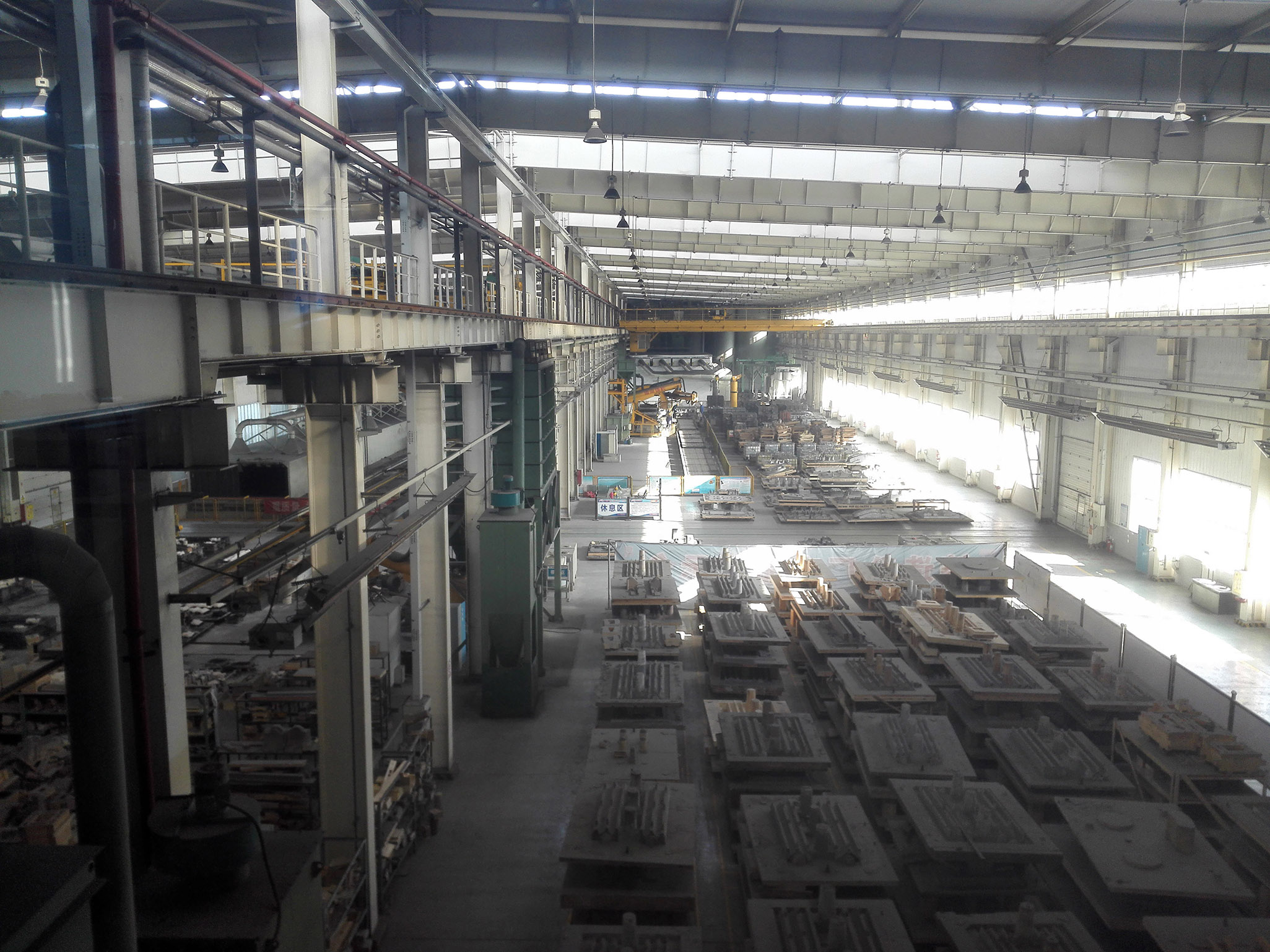- Afrikaans
- Albanian
- Amharic
- Arabic
- Armenian
- Azerbaijani
- Basque
- Belarusian
- Bengali
- Bosnian
- Bulgarian
- Catalan
- Cebuano
- China
- China (Taiwan)
- Corsican
- Croatian
- Czech
- Danish
- Dutch
- English
- Esperanto
- Estonian
- Finnish
- French
- Frisian
- Galician
- Georgian
- German
- Greek
- Gujarati
- Haitian Creole
- hausa
- hawaiian
- Hebrew
- Hindi
- Miao
- Hungarian
- Icelandic
- igbo
- Indonesian
- irish
- Italian
- Japanese
- Javanese
- Kannada
- kazakh
- Khmer
- Rwandese
- Korean
- Kurdish
- Kyrgyz
- Lao
- Latin
- Latvian
- Lithuanian
- Luxembourgish
- Macedonian
- Malgashi
- Malay
- Malayalam
- Maltese
- Maori
- Marathi
- Mongolian
- Myanmar
- Nepali
- Norwegian
- Norwegian
- Occitan
- Pashto
- Persian
- Polish
- Portuguese
- Punjabi
- Romanian
- Russian
- Samoan
- Scottish Gaelic
- Serbian
- Sesotho
- Shona
- Sindhi
- Sinhala
- Slovak
- Slovenian
- Somali
- Spanish
- Sundanese
- Swahili
- Swedish
- Tagalog
- Tajik
- Tamil
- Tatar
- Telugu
- Thai
- Turkish
- Turkmen
- Ukrainian
- Urdu
- Uighur
- Uzbek
- Vietnamese
- Welsh
- Bantu
- Yiddish
- Yoruba
- Zulu
Nov . 07, 2024 10:02 Back to list
Design and Efficiency of Dual Tube Heat Exchanger Systems for Enhanced Performance
Understanding Tube-in-Tube Heat Exchangers
Heat exchangers are vital components in various industrial processes, enabling efficient heat transfer between two or more fluids. One of the innovative designs in this domain is the tube-in-tube heat exchanger. As the name suggests, this type of heat exchanger consists of one tube placed inside another, facilitating heat exchange between the fluids flowing within the tubes.
Design and Structure
In a typical tube-in-tube heat exchanger, there are two distinct channels for fluid flow the inner tube carries one fluid (hot or cold), while the outer annular space accommodates the second fluid. The arrangement allows for a large surface area for heat transfer, which is key to enhancing efficiency. This design can be configured in various forms, including single-pass or multi-pass arrangements, depending on the required thermal performance and flow characteristics.
The materials used for constructing tube-in-tube exchangers can vary based on the application, with options such as stainless steel, copper, or special alloys chosen for their thermal conductivity and corrosion resistance. The choice of materials is crucial, particularly in applications involving aggressive fluids or extreme temperatures. Additionally, the diameter and thickness of the tubes are also tailored to meet specific operational requirements, including pressure and temperature constraints.
Advantages of Tube-in-Tube Heat Exchangers
1. High Efficiency The tube-in-tube design maximizes the surface area available for heat exchange, which allows for effective thermal transfer between fluids. As the inner and outer fluids move in counterflow or parallel flow configurations, the temperature gradient is maintained, leading to improved heat recovery.
2. Compact Size One of the significant advantages of tube-in-tube exchangers is their compactness. The design takes up less space compared to traditional shell-and-tube heat exchangers, making it suitable for applications where space is limited.
tube in tube exchanger

3. Easy Maintenance The simplicity of the tube-in-tube structure contributes to easier maintenance. Cleaning and inspection can often be accomplished without extensive disassembly, which saves time and operational costs.
4. Versatility These heat exchangers can handle various fluids, including liquids, gases, and slurries. Their ability to operate efficiently across a range of flow rates and temperatures makes them suited for diverse industries, including chemical processing, HVAC systems, and food processing.
Applications
Tube-in-tube heat exchangers find numerous applications across different sectors. In the food and beverage industry, they are utilized for pasteurization, where maintaining specific temperatures is crucial for product safety and quality. In HVAC systems, they serve to recover waste heat from exhaust gases, contributing to energy efficiency in heating and cooling processes.
In the chemical industry, these heat exchangers are essential for processes requiring precise temperature control. They are integral in applications such as distillation, where controlled heating and cooling are critical for product purity and yield. Furthermore, tube-in-tube exchangers are increasingly used in renewable energy systems, such as solar thermal applications, where they aid in capturing and transferring solar energy efficiently.
Conclusion
In conclusion, tube-in-tube heat exchangers represent a significant advancement in heat transfer technology, offering high efficiency, compactness, ease of maintenance, and versatility. Their innovative design and functionality make them suitable for a wide range of industrial applications. As industries strive for greater energy efficiency and sustainability, the role of tube-in-tube heat exchangers is poised to expand, contributing to enhanced performance in thermal management systems. Understanding the principles behind their operation and benefits is essential for engineers and decision-makers in selecting the right heat exchange solutions for their specific needs. The continued evolution of these systems is likely to foster advancements that further improve their functionality and applicability, ensuring they remain a cornerstone technology in heat transfer applications.
-
Premium Cast Iron Water Main Pipe: Durable, Corrosion-Resistant
NewsAug.03,2025
-
Durable Cast Iron Water Mains | AI-Optimized Systems
NewsAug.02,2025
-
High-Efficiency Propane Boiler for Baseboard Heat | Save Energy
NewsAug.01,2025
-
Premium Source Suppliers for Various Gray Iron Castings
NewsJul.31,2025
-
Durable Cast Iron Water Main Pipes | Long-Lasting
NewsJul.31,2025
-
High-Quality Cast Iron Water Main Pipe for Durable Infrastructure
NewsJul.30,2025


